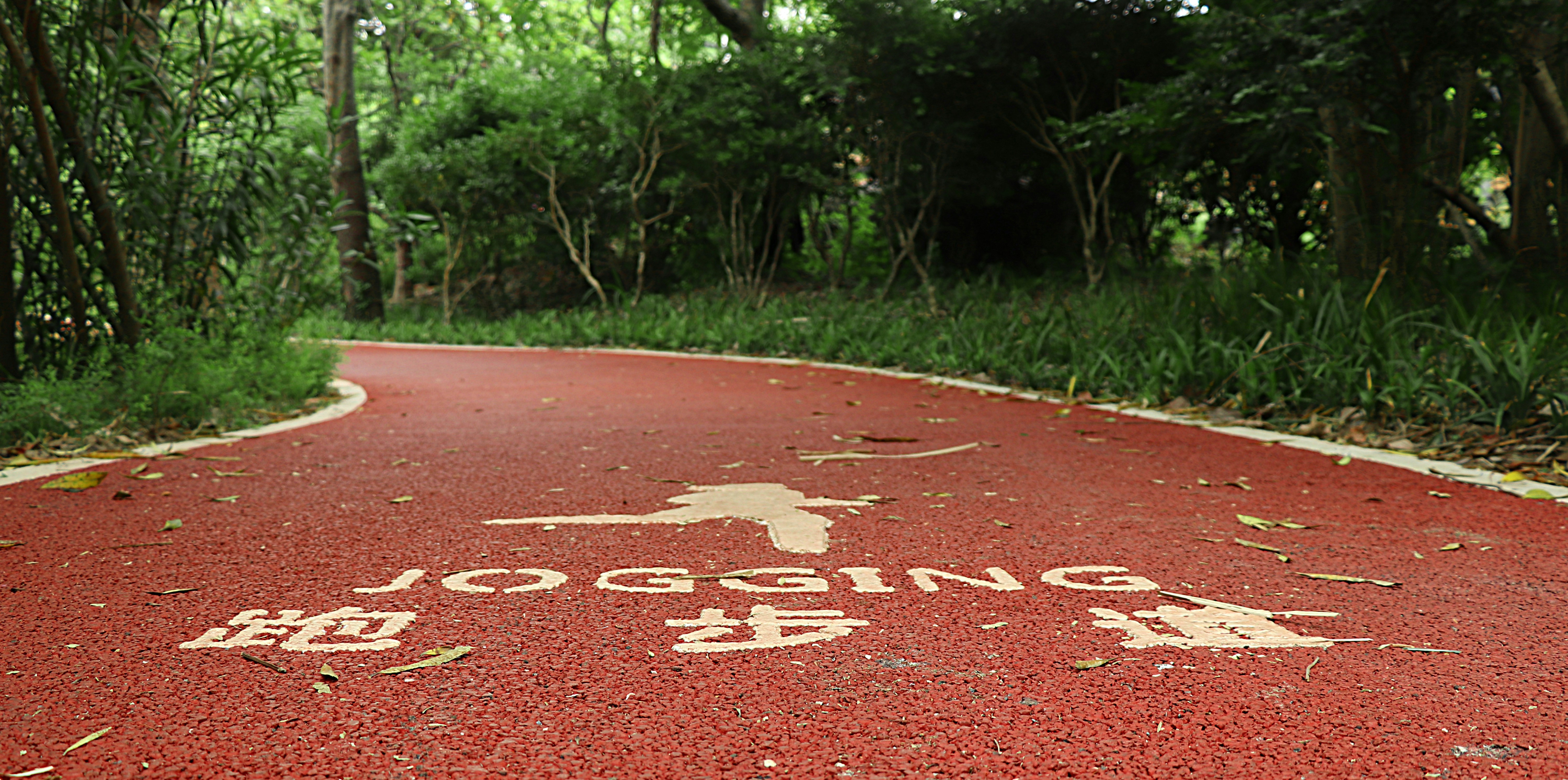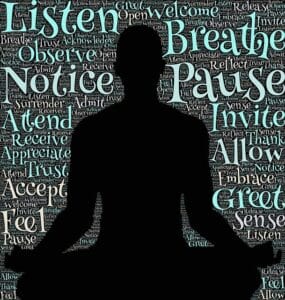What is Mindfulness Meditation?
Mindfulness Meditation is a practice that involves paying attention to your thoughts, feelings, and bodily sensations as they arise, without getting carried away by them. It’s about observing your experience with openness and acceptance, rather than trying to control or change it. The goal isn’t to empty your mind, but rather to become more aware of its contents and learn to relate to them in a healthier way.
How Meditation Rewires the Brain
Research has shown that mindfulness meditation can have a profound impact on the brain. Studies have demonstrated that regular practice can:
- Reduce activity in the amygdala: The amygdala is the brain’s fear center, and mindfulness meditation can help dampen its response to stress.
- Increase activity in the prefrontal cortex: The prefrontal cortex is responsible for higher-level cognitive functions like attention, decision-making, and emotional regulation.
- Increase gray matter density: Mindfulness meditation has been linked to increased gray matter in areas of the brain associated with learning, memory, and emotional regulation.
How to Practice Mindfulness Meditation
There are many different ways to practice mindfulness meditation, but here’s a simple guided practice to get you started:
- Find a quiet space: Choose a place where you can sit or lie down without being disturbed.
- Get comfortable: Sit in a chair with your feet flat on the floor, or lie down on your back with your arms at your sides.
- Focus on your breath: Bring your attention to the sensation of your breath entering and leaving your body. Notice the rise and fall of your chest or abdomen.
- Observe your thoughts: As you focus on your breath, thoughts will inevitably arise. Acknowledge them without judgment and gently redirect your attention back to your breath.
- Notice your feelings: Pay attention to any emotions that arise, without trying to suppress or analyze them. Simply observe them as they pass through your awareness.
- Scan your body: Bring your attention to different parts of your body, noticing any sensations of tension or relaxation.
- Continue for 5-10 minutes: Start with short sessions and gradually increase the duration as you become more comfortable with the practice.
Tips for Effective Mindfulness Meditation
- Start small: Begin with just a few minutes of practice each day and gradually increase the duration as you become more comfortable.
- Be patient: It takes time and practice to develop mindfulness. Don’t get discouraged if your mind wanders or if you experience difficult emotions.
- Find a guided meditation: Many apps and websites offer guided meditations that can help you stay focused and motivated.
- Practice regularly: Consistency is key to experiencing the benefits of mindfulness meditation. Aim to practice daily, even if it’s just for a few minutes.
- Don’t judge yourself: There’s no right or wrong way to meditate. Simply do your best and be kind to yourself.
Benefits of Mindfulness Meditation
The benefits of mindfulness meditation are numerous and well-documented. Regular practice can:
- Reduce stress and anxiety: Mindfulness meditation helps to calm the mind and reduce the body’s stress response.
- Improve focus and concentration: By training your attention, mindfulness meditation can enhance your ability to focus on tasks.
- Increase self-awareness: Mindfulness meditation helps you to become more aware of your thoughts, feelings, and behaviors.
- Enhance emotional regulation: Mindfulness meditation can help you to better manage your emotions and respond more effectively to stressful situations.
- Promote compassion and empathy: Mindfulness meditation can help you to develop greater compassion for yourself and others.
- Improve sleep quality: Practicing mindfulness meditation before bed can promote relaxation and improve sleep quality.
Incorporating Mindfulness into Your Life
Mindfulness isn’t just something you do during meditation; it’s a way of being. You can incorporate mindfulness into your daily life by
- Paying attention to your senses: Notice the sights, sounds, smells, tastes, and textures around you.
- Being present during meals: Savor each bite and pay attention to the flavors and textures of your food.
- Listening actively: When someone is speaking, give them your full attention and listen without interrupting.
- Walking mindfully: Pay attention to the sensation of your feet on the ground as you walk.
- Doing chores mindfully: Focus on the task at hand, rather than letting your mind wander.
Mindfulness meditation is a powerful tool for cultivating presence, reducing stress, and improving overall well-being. By incorporating this practice into your daily life, you can learn to navigate the challenges of modern life with greater ease and resilience.












